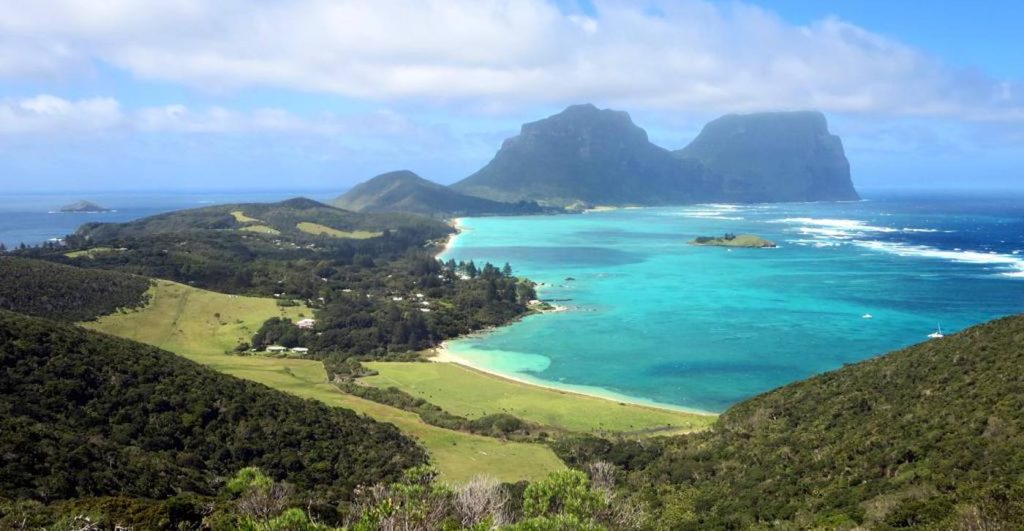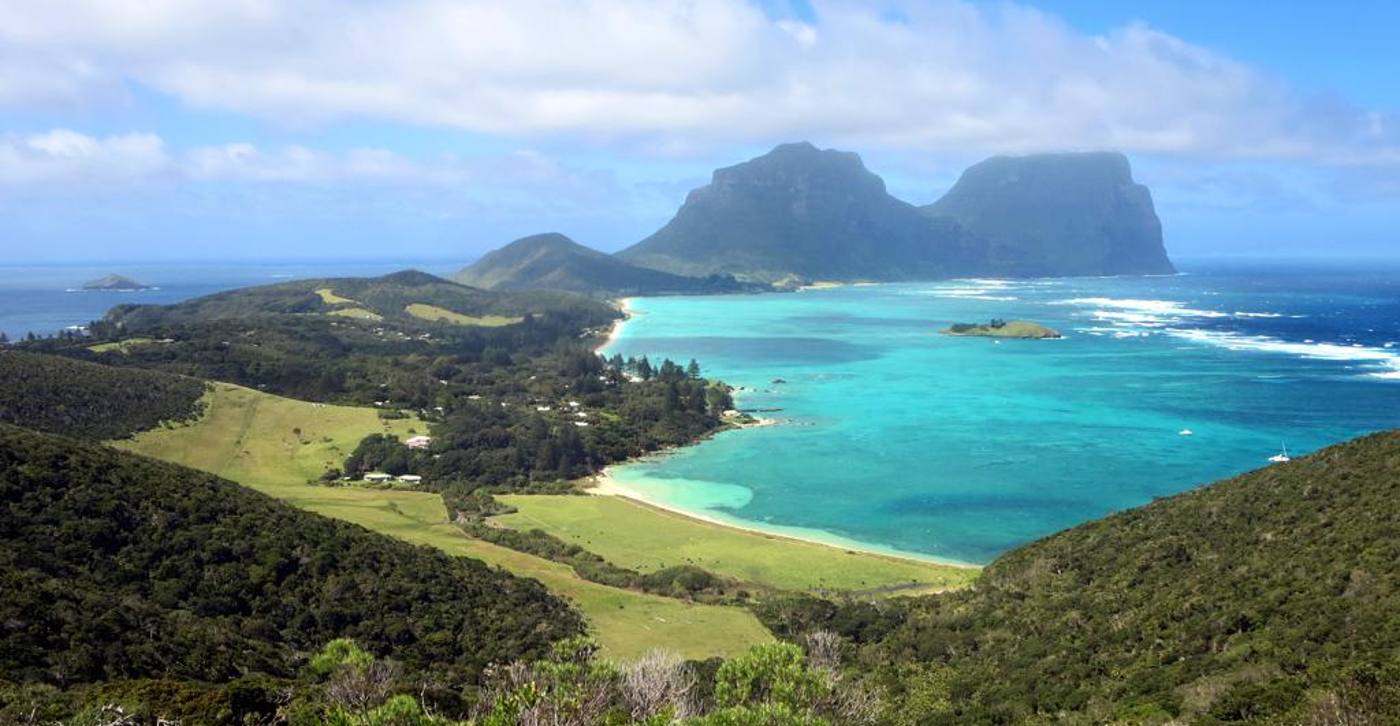
One of the biggest conservation success stories in the 21st century has been exterminating invasive species from vulnerable islands.
Now, Lord Howe Island in Australia has finished eradicating the entirety of their invasive rat and mouse populations, and the recovery of the endemic-Australian ecosystem has been near-immediate.
A UNESCO-listed island in the East Tasman Sea, the island may have housed these mice as early as the mid-1800s, with the rats arriving later in 1918. As is so often the case with biodiversity Down Under, the native animals suffered.
Their absence, which took three years of eradication, is revealing a diverse landscape—with fruiting trees, returning numbers of land invertebrates, and one of Australia’s rarest birds, the flightless woodhen—whose population has doubled to 565 in the past three years.
“What is unfolding is an ecological renaissance, since the rodents have gone, the catchphrase is: ‘I’ve never seen that before’,” Hank Bower from the Lord Howe Island board told the Sydney Morning Herald.
MORE: Owl Immediately Adopts Two Rescue Chicks the Moment She Meets Them – After Her Own Eggs Failed
“There’s a vine which we didn’t know what the fruit looked like, people are taking photos of insects and sending them to the Australian Museum who are saying we’ve only got three of those on record ever but we are seeing hundreds of them. Everything is blooming, all the plants are flowering and we are seeing a carpet of seedlings.”
Noteworthy among the returning characters on the island are four species of land snail, one of which hasn’t been seen alive for 20 years, the black-winged petrel, and crickets.
“We’ve been hearing crickets. We’d only hear crickets very rarely, now every night there’s a chime of crickets,” Bower said, this time to ABC News Australia.
To do the business, poison was placed inside 22,000 lockable traps around the island, while in inaccessible areas, pellets were distributed via helicopter. Just to be sure, rat-catching dogs scour the island every few weeks—but one hasn’t been seen since last August.
The Ministry of Environment of Australia said it was “an incredibly optimistic sign for the future of conservation.”
Globally, there have been more than 800 successful eradications of invasive mammals on 181 different islands since the year 2000—including the famous eradications of feral goats from the Galapagos Islands.
HELP Good News Thrive and Hope Grow—Share This Story…





















This is awesome, but what about survival of the fittest? Doesn’t Darwinism “prove” that survival depends on changing/evolving into a survivable new species? This fits Creationism so much better, in that each species was created specific for a certain niche and survive within that niche.
Perhaps, if Creationism implies the only the hand of God at work. However, this was a man-made disruption of the natural order that existed long before men and their ships ever arrived.